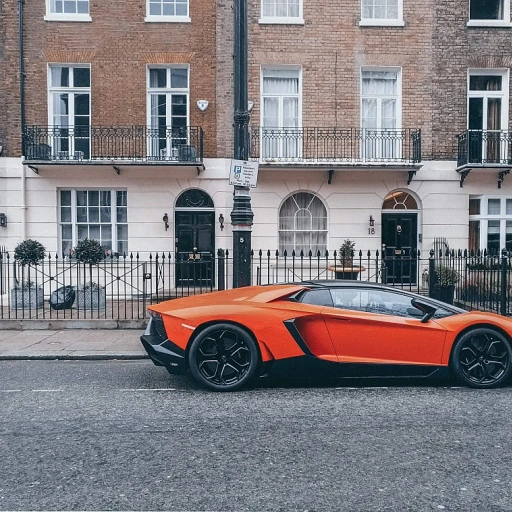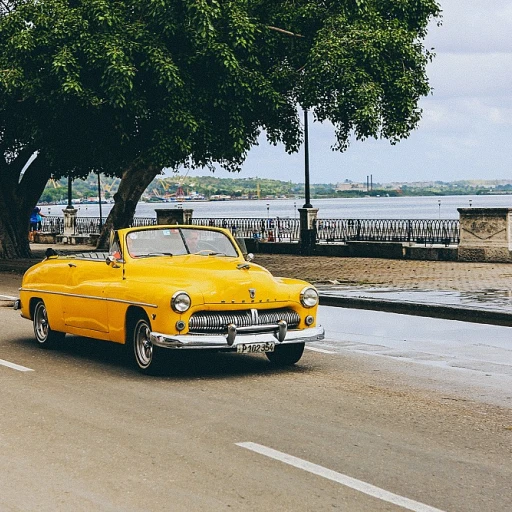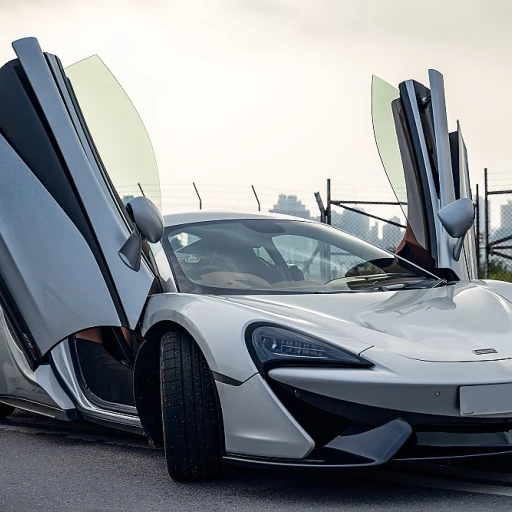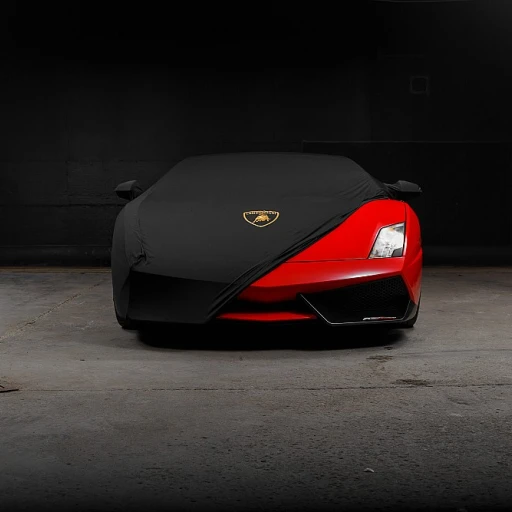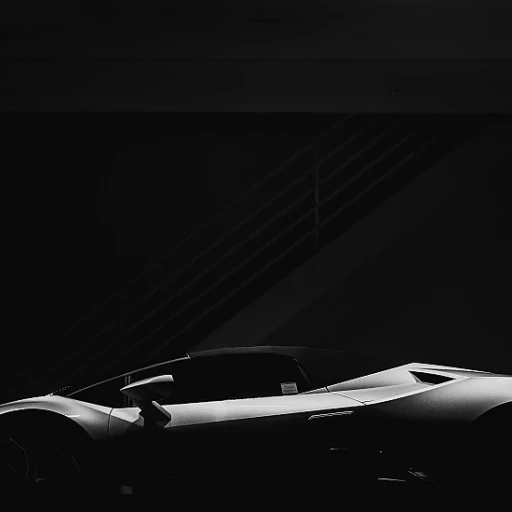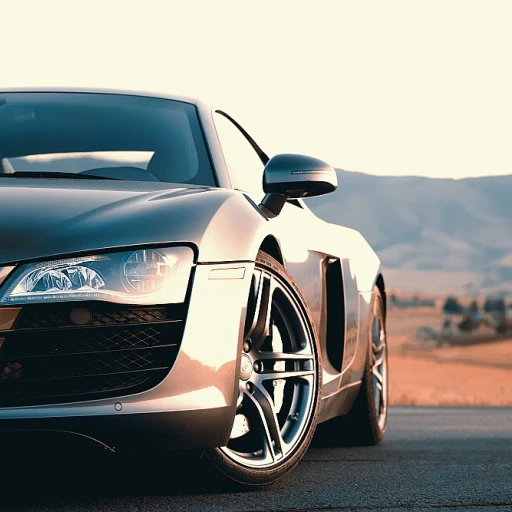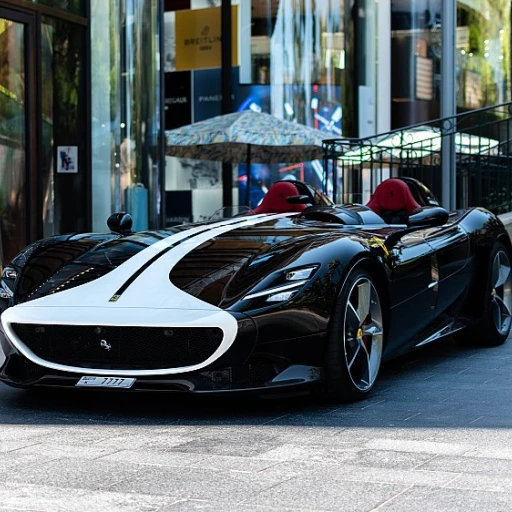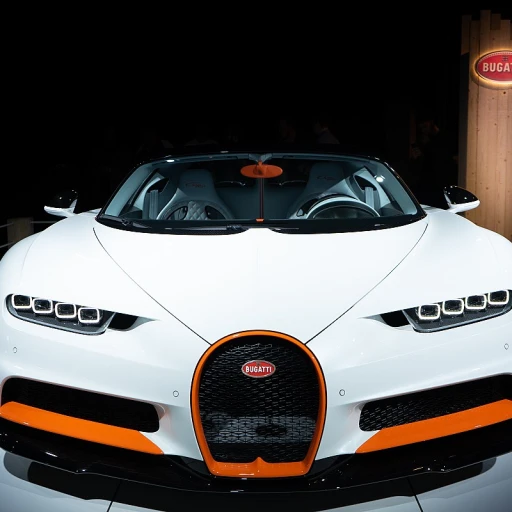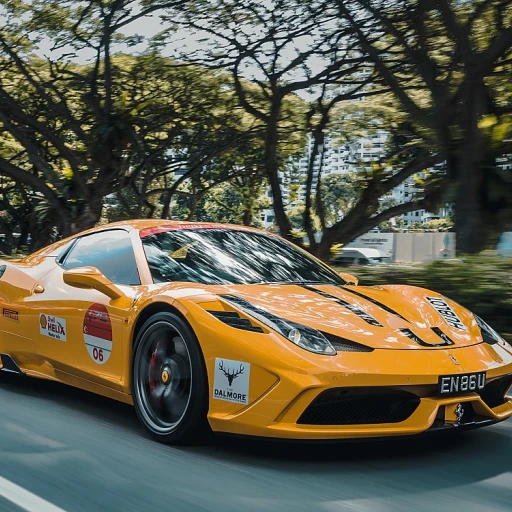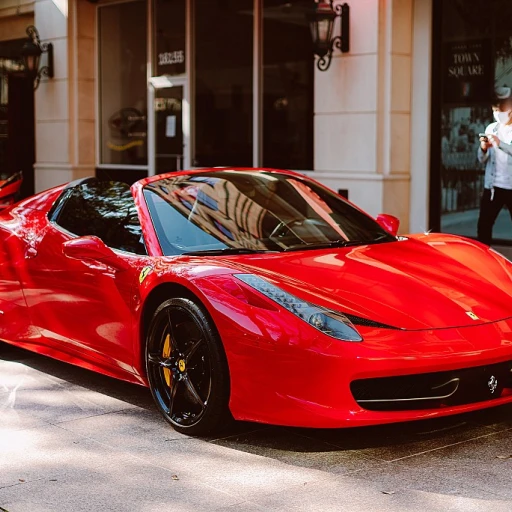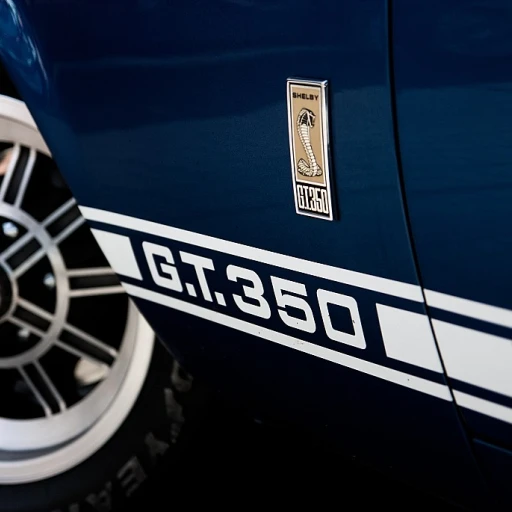The Golden Era of Japanese Sports Cars
The 1990s: A Golden Age for Japanese Performance Machines
The 1990s were the heyday for Japanese sports cars, a time when these speed machines really found their stride, capturing hearts and asphalt all around the globe. If you're a car enthusiast, you've probably felt the allure of that era's quintessential models, which were renowned for their power, precision, and engineering marvels. Back in the day, brands like Toyota, Nissan, and Honda hit it big with some incredible rides. The Toyota Supra, with its turbocharged engines and beastly power, became a symbol of speed. Meanwhile, the Nissan Skyline was turning heads and setting the pace with its cutting-edge technology and jaw-dropping horsepower. The Honda NSX also stood out, blending beauty and brawn in a way that made even European sports cars raise an eyebrow or two. These cars weren’t just about looks or speed. No, they presented a harmonious mix of reliability and raw performance that was hard to beat. Many say they were ahead of their time, pushing boundaries with innovations while staying grounded in practical performance. These cars could go toe-to-toe with their European counterparts, and often for a fraction of the price. The influence of that era still lingers, as modern luxury vehicles continue to draw inspiration from these Japanese masterpieces. Their blueprints are a testament to what can be achieved with passion and precision. To explore more on how such performance and elegance influenced modern vehicles, you might find this piece an enlightening read. So, for car lovers and speed enthusiasts everywhere, the 90s offered a ride you’d never forget. Japanese sports cars from that decade weren’t just machines; they were part of a culture, a story, and, for many, a dream on wheels.Key Models That Defined the Decade
Legendary Icons of the 90s
The 1990s were an unforgettable time for Japanese sports cars, with models that still make enthusiasts' hearts race today. Picture the Toyota Supra, a car that became a symbol of speed and power. Its 3.0-liter twin-turbo engine was the stuff of legends, delivering a top speed that made it a must-have for speed lovers. The Supra wasn't just about numbers; it was about the thrill of the ride, the roar of the engine, and the feeling of being one with the road.
Nissan's Powerhouse
Then there's the Nissan Skyline, a name that echoes through the halls of automotive fame. With its advanced all-wheel-drive system and a turbocharged engine, it was a car that promised and delivered. The Skyline's reputation wasn't built overnight; it was forged on racetracks and city streets, where its performance and reliability made it a favorite among JDM car enthusiasts. Its ability to go from 0 to 60 mph in seconds made it a dream for those who craved speed and precision.
The Timeless Honda NSX
And let's not forget the Honda NSX, a car that combined the finesse of a luxury car with the heart of a sports car. Its mid-engine layout and lightweight design were groundbreaking, offering a driving experience that was both exhilarating and refined. The NSX wasn't just a car; it was a statement, a testament to Honda's commitment to pushing the boundaries of what a sports car could be.
These cars weren't just machines; they were icons that defined a generation. Their influence is still felt today, as modern luxury cars draw inspiration from these 90s legends. Whether you're a collector or just a fan of automotive history, the allure of these amazing luxury cars is undeniable. For more on what makes these vehicles irresistible, check out The Allure of Amazing Luxury Cars.
Technological Advancements and Performance
Revving Up Performance and Power
In the bustling 1990s, Japanese sports cars weren't just about style – they packed an engineering punch that took the world by storm. The combination of technological advancements and a thirst for speed transformed these vehicles into true icons. For starters, the collaboration of twin turbochargers on cars like the Nissan Skyline GT-R made jaws drop. Its RB26DETT engine delivered exhilarating power and allowed it to sprint from 0 to 60 mph in just a matter of seconds. A true masterpiece for those who lived for that adrenaline rush. When it comes to top speed, the Toyota Supra left a mark with its 2JZ-GTE engine. Offering up to 320 horsepower, it became a legend among JDM enthusiasts. Whether cruising the highways or burning rubber on the track, it had a presence that couldn't be ignored. Honda joined the race too, with the NSX showcasing its refined engineering prowess. With a lightweight chassis and a high-revving V6 engine, it hit the sweet spot between precision and performance. But what made these sports cars truly magical was their handling. The introduction of all wheel drive (AWD) in models like the Subaru Impreza WRX and Mitsubishi Lancer Evo shifted traditional driving experiences. Designed with rally racing in mind, they offered impeccable control and grip, making every twisty turn an enjoyable escapade. The 90s weren’t just about speed, they were about innovative engineering. Honda incorporated VTEC technology, optimizing both power and efficiency in its engines. This allowed drivers to experience different ranges of power at varying rpm – truly pushing boundaries. Such advancements set the stage for numerous manufacturers to follow suit, inspiring the current automakers to achieve the pinnacle of luxury in sports cars exploring-the-pinnacle-of-luxury-in-sports-cars. These Japanese trailblazers not only changed the landscape of automobiles but ignited a global enthusiasm for JDM cars that still burns bright today.Cultural Impact and Popularity
Capturing Hearts and Pop Culture
Japanese sports cars from the 90s don't just belong to the streets; they carved a niche in pop culture that still reverberates today. It's hard not to think of the "Fast and Furious" phenomenon, where cars like the Toyota Supra and Nissan Skyline took on roles as gripping as the characters themselves. These vehicles weren't just transportation—they became symbols of freedom, power, and rebellion. When you talk about the Toyota Supra, you're not just discussing specs or mechanics. You're whispering about a car that could bridge cultures and cross continents in ways only a true icon can. Originally posted as a standalone marvel, the Supra's turbocharged twin-turbo guts spoke to every speed enthusiast's soul. Reaching top speeds that seemed too audacious for its time, this car was revered and sought after, transforming into a dream for many. Likewise, the Nissan Skyline became an emblem of JDM mastery, known for its speed and performance. Its engine packed a punch that transcended mere statistics to become the stuff of legends. As this car zoomed past at staggering MPH, it solidified its place in both the sports car market and cinematic lore. Car lovers could feel the thrill even if they only experienced it through a screen. And let's not forget the cool, sleek Honda NSX, often hailed for its engineering genius. This mid-engine wonder delivered both style and performance, catching the eye of collectors and enthusiasts alike. Whether tearing up a race track or cruising city streets, these vehicles became an extension of one's identity—a rolling testament to personality and status. JDM cars found their way into video games, making pixelated spins around fantastical tracks, inviting players to join the adrenaline rush. It's an emotional bond, a human connection that transcends time and technology. These cars aren't just machines; they're storytellers woven into the fabric of society, capturing hearts and steering us through a shared history, one thrilling lap at a time. Cited sources:- "Vehicle Dynamics, Step by Step" by Peter H. Barnes
- "High-Performance Sports Cars of the 1990s" by David Finnegan
- "Pop Culture Cars: Timeless Impact" by Claire R. Stevens
Collectibility and Market Value Today
Timeless Appeal and Rising Demand

